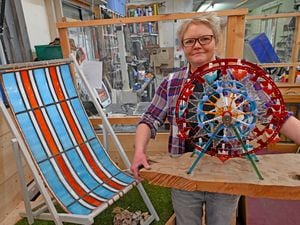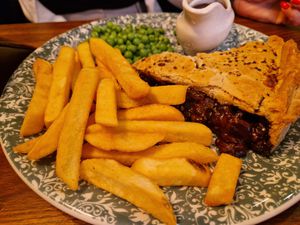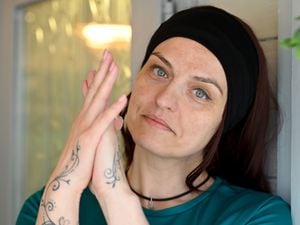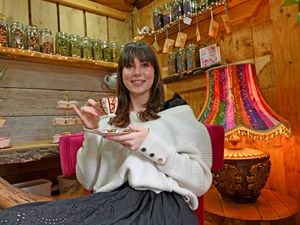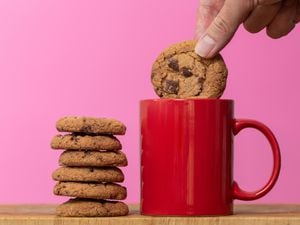Heather Large: My love-hate relationship with technology
I’m sure I’m not the only person with a love-hate relationship with technology.
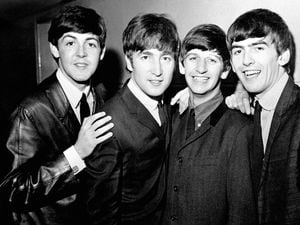
I dislike being beeped at by my microwave letting me know it’s completed the task I bought it for and the same goes for the washing machine, which doesn’t just do it once, but five times.
And it’s not the only kitchen appliance making a song and dance about doing its job, the oven is always beeping about something and the dishwasher sometimes make me jump out of my skin with its noisy repertoire at the end of a cycle.
The kettle also likes a good beep but as a coffee addict always eager for my morning cuppa, I can forgive it.
Technology has changed our lives in many ways over the past few decades and it’s become an important part of our worlds. I love how easy it is to have any information I want at my fingertips or to stream a new television boxset.
But I miss when checking in on a friend meant picking up the phone and calling them, not just exchanging a WhatsApp or two.
Sometimes I would like to go back to a time when going shopping didn’t just mean opening an app on our phones.
Yet, I love my electric car and the technology that makes it possible to travel around without polluting the planet as I go.
And recent news has made me appreciate even more how amazing technology can be – when it doesn’t involve being beeped at by a tumble dryer.
Sir Paul McCartney and Sir Ringo Starr have released what they have calling the last Fab Four song – Now And Then. And it’s been made possible thanks to advances in audio technology.
Originally written and sung by John Lennon and later developed by his fellow band members – including the late George Harrison – the track was finished by Sir Paul and Sir Ringo decades after the initial recording was made.
After his death in 1980 aged 40, Lennon’s wife Yoko Ono gave the recording to the remaining Beatles in 1994 along with Free As A Bird and Real Love, which were released by the band in the same decade.
During this period, Harrison, Sir Paul and Sir Ringo recorded new parts and completed a rough mix for Now And Then with producer and musician Jeff Lynne. However, the band did not release the song and cited issues to do with extracting Lennon’s vocals and piano due to limited technology at the time.
Flash forward to recent times and filmmaker Peter Jackson’s 2021 documentary The Beatles: Get Back used audio restoration technology that allowed for vocals, music and conversations by the band to be isolated, a technique which was later used for Now And Then.
More backing vocals were added from the original recordings of Here, There And Everywhere, Eleanor Rigby and Because during the recent recording at Capitol Studios in Los Angeles.
Speaking about hearing John’s vocals in the studio, Sir Paul said: “When we were in the studio we had John’s voice in our ears, so you could imagine he was just in the next room in a vocal booth or something, and we were just working with him again so it was joyful.”
The Beatles will always hold a special place in my heart. My late uncle was a huge fan and would often be listening to one of their albums when we visited him.
So hearing Now And Then for the first time was a special moment. And the video for the song, directed by Peter Jackson, was also very moving.
Thanks to special visual effects John and George were seen playing instruments for the “last recorded” Beatles song alongside the surviving members.
It was quite emotional watching the Fab Four be ‘reunited’ during the chorus as Sir Paul and Sir Ringo sing alongside Lennon and Harrison.
Their figures were taken from archival footage and superimposed on to the screen.
So although technology can sometimes drive me a little bit potty – I’m talking about you, microwave – it can create some special moments too.

